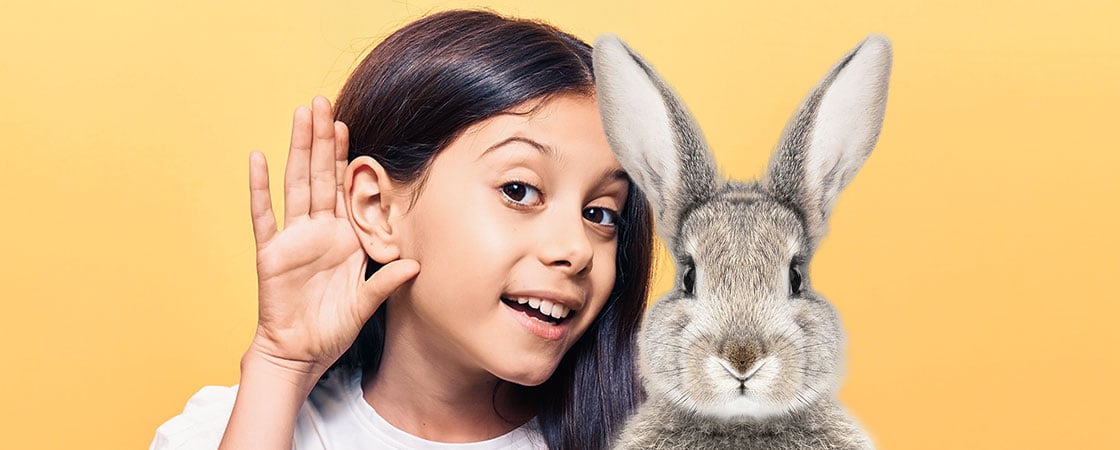©Sophie Jacopin/SCIENCE SOURCE
You’re walking to school when you hear a loud honk! You turn to your left and see a car coming straight toward you. You jump out of the way. Your ears just saved your life!
The world around you is filled with sounds. Having an ear on either side of your head helps your brain figure out where these sounds are coming from.
You’re walking to school. You hear a loud honk! and turn to your left. You see a car coming straight toward you. You jump out of the way. Your ears just saved your life!
The world around you is full of sounds. You have one ear on each side of your head. This helps your brain figure out where these sounds are coming from.

